Location
This historic neighborhood is located just north of the University of Texas within the boundaries of 38th Street on the south, 51st Street on the north, Guadalupe on the west, Duval, and (north of 45th Street) Red River.

Once Austin's first suburb, you'll find an eclectic mix of historic homes and multi-family residences here. Entertainment and dining are within easy reach.
This historic neighborhood is located just north of the University of Texas within the boundaries of 38th Street on the south, 51st Street on the north, Guadalupe on the west, Duval, and (north of 45th Street) Red River.
.jpg)
The first houses built in the neighborhood were grand examples of late 19th-century architecture, including the Queen Anne style. These majestic homes later gave way to smaller frame houses and bungalows. The area is part of the Hyde Park Local Historic District and homes must conform to certain design standards. Even so, you’ll also find a mix of condos and multi-family units in the area.
 HV (2) (1280x719).jpg)
This beautiful front porch neighborhood is surrounded by mature trees and exudes a small-town charm with inviting walkability. With its proximity to the University of Texas you will find a lot of academics and students living here alongside families. The airport used to fly over the area which kept home values down for many years, but recently it has seen more rapid appreciation. Indeed, in 2016, Austin Monthly rated this the tenth hottest zip code in Austin.
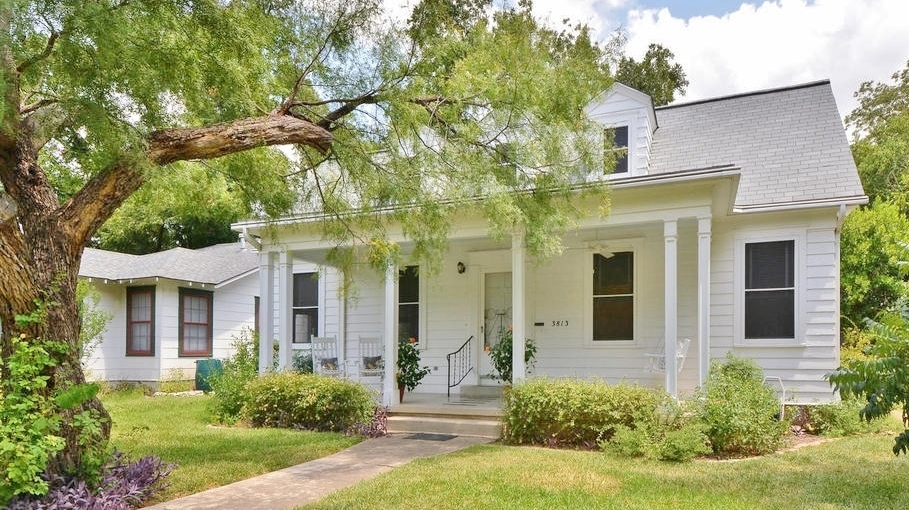
The center of the neighborhood includes a small grocery store, bakery, and restaurants. Other activities and development can be found along the west and east edges of the neighborhood. Shipe Park is a major attraction with its pool, playscape, and tennis courts. This authentically Austin neighborhood is also home to the nine-hole Hancock Golf Course, Texas' oldest golf course.
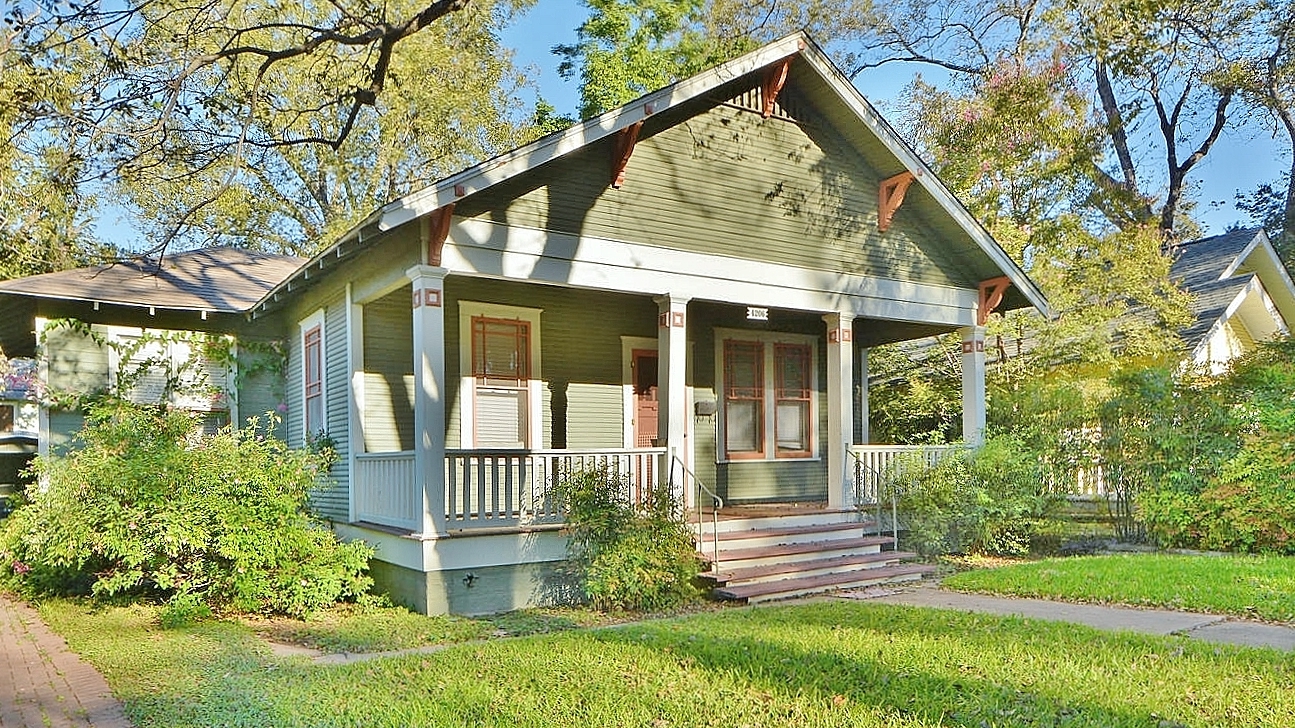
At over 100 years old, Hyde Park was Austin’s first true suburb. Originally marketed to the city’s elite in 1891 by Monroe Martin Shipe, the area had large lots with grand houses and even a streetcar connecting it to downtown Austin. When that met with only marginal success, the developer later marketed to the middle class focusing on smaller bungalows. Most of the construction occurred between 1924 and 1935. The neighborhood is listed on the National Register of Historic Places.

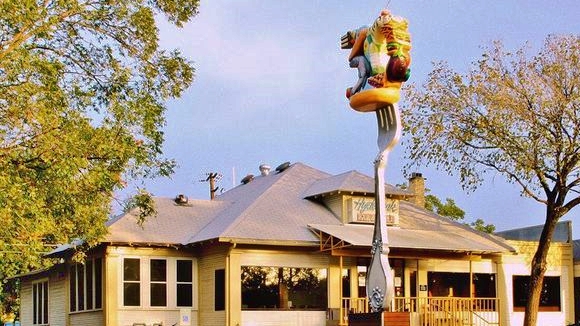
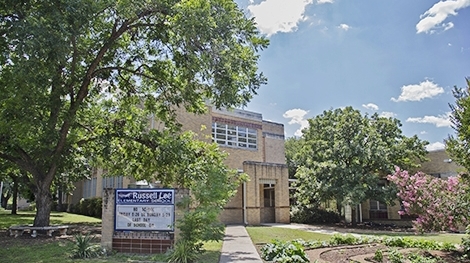
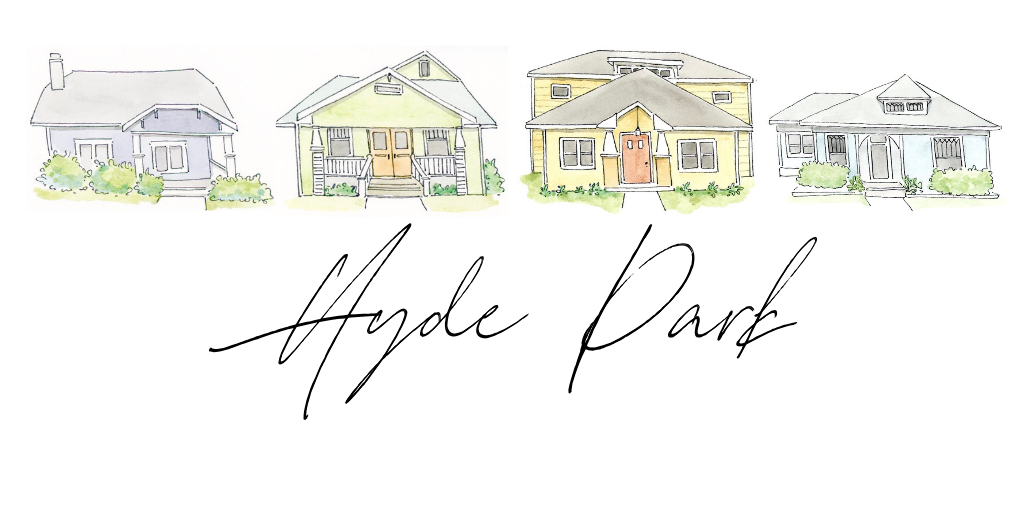
We define our success by the satisfaction of each and every person we work with.
Our outstanding statistics and positive client results are the icing on the cake.
Homes Sold in Austin
Years of Experience
List to Sold Price Ratio
5-Star Reviews